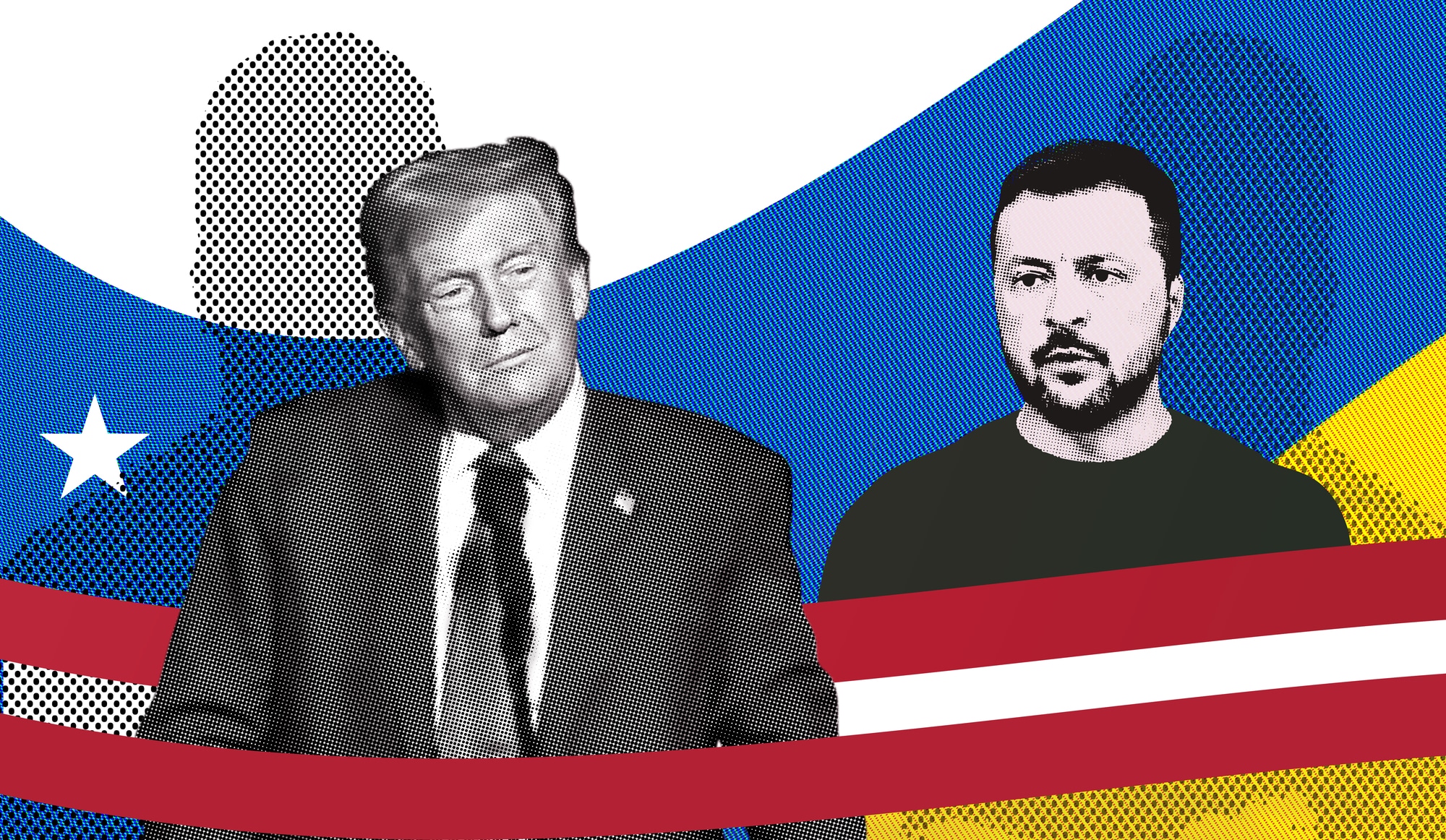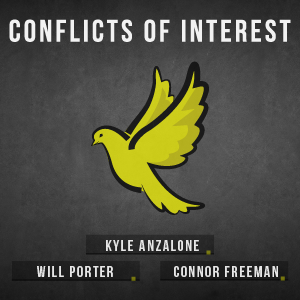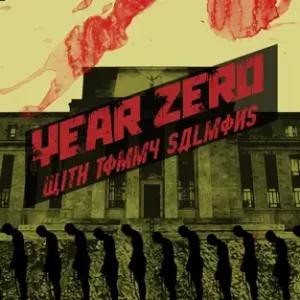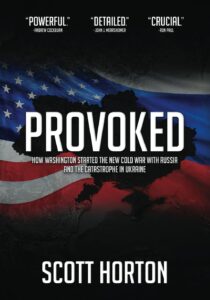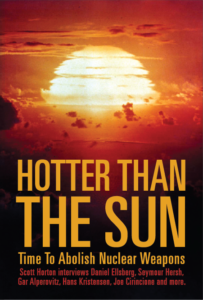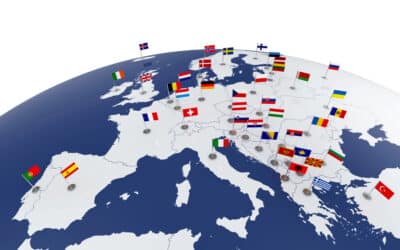U.S. President Donald Trump has consistently insisted that the war in Ukraine “is not Trump’s war. This is a Biden war, this is a Democrat war.” But on July 14, it started to look a lot like Trump’s war, as the president announced “billions and billions” of dollars of American military equipment to be sent to Ukraine along with “severe tariffs” to be applied to any country who buys oil from Russia if a peace deal is not reached in fifty days. But that appearance may be illusory, and the new weapons deal may be a deception.
From one perspective, Trump’s reversal may be celebrated in Ukraine as America reentering the war with the first weapons package and the first tariffs of the Trump administration. From another perspective, the United States just made public that its new policy direction is to pull out of the war, stop providing Ukraine with free military equipment, and leave the war to Europe if they wish to continue fighting it.
“We’re sending weapons to NATO, and NATO is paying for those weapons, a hundred percent,” Trump said. The U.S. will no longer approve weapons packages for Ukraine. Instead, they will sell weapons to NATO who will then send those weapons to Ukraine, or they will sell weapons to NATO countries to replenish weapons they have sent to Ukraine.
Though Kiev may celebrate America’s reengagement in the war, the European countries who are financing it may see it differently. “If we pay for these weapons, it’s our support,” European Union foreign policy chief Kaja Kallas rebutted. “So it’s European support…If you promise to give the weapons, but say that somebody else is going to pay for it, it’s not really given by you, is it?”
The Trump announcement that American weapons would once again be flowing to Ukraine may simultaneously be America’s withdrawal from the war in Ukraine, returning the burden to Europe where Trump has long said it should be.
And it is not just a question of who is supplying Ukraine with the weapons. The new weapons deal may not even be what it seems.
The Financial Times has reported that Trump asked Ukrainian President Volodymyr Zelensky if the Ukrainian armed forces were able to bring the war to Russia and “make them feel the pain” by striking military targets deep inside Russia. “Volodymyr, can you hit Moscow?… Can you hit St Petersburg too?” Trump asked. “Absolutely. We can if you give us the weapons,” Zelensky replied. But there are reports that Trump is not willing to give them the weapons.
The same Financial Times article reports that Trump told reporters at the White House that Zelensky “shouldn’t target Moscow” and that the U.S. is “not looking” to supply long-range missiles to Ukraine.
Doubt has also been expressed about the massive secondary tariffs on countries that trade with Russia. The New York Times notes that such sanctions on China would “throw Mr. Trump into a showdown with Beijing” when he does not want to “risk a renewed confrontation with the world’s second-largest economy.” It would also mean sanctioning U.S. partners, like Japan and the European Union, who are still doing “substantial business with Russia.”
More importantly, in the hours after Trump made the announcement, it began to seem like Trump and NATO Secretary General Mark Rutte may have been improvising. “It has become clear,” Reuters reports, that “Trump presented a framework—not a fleshed-out plan.” More fundamentally, it is not even clear how many NATO countries have agreed to participate in the plan or even knew about it.
A careful accounting shows that at least seven NATO countries have not agreed to the plan. In his announcement, Trump said that six NATO countries, Finland, Denmark, Sweden, Norway, the Netherlands and Canada, were willing to purchase U.S. military equipment to redirect to Ukraine. But two of those countries—it is not known which two—have since said that they only learned of the plan when it was announced. Reuters reports that “[e]ven close U.S. allies appeared to learn of the proposal in real time.”
France and Italy have both said that they will not participate in the plan. Both countries have cited budgetary concerns and the desire to prioritize European military equipment. That’s four.
Hungary has refused to participate. “I would like to emphasize that Hungarian money, Hungarian weapons, and Hungarian soldiers will not be sent to Ukraine,” Hungary’s foreign minister said. The Czech Republic has also refused. Prime Minister Petr Fiala says that “Czechia is focusing on other ways to support Ukraine.” That’s six.
And Poland’s foreign minister, Radoslaw Sikorski, has insisted that money for American weapons being sent to Ukraine must come from Moscow’s frozen assets and not from Europe.
That’s seven countries, including some of the largest in Europe and, perhaps, Ukraine’s biggest supporter, who have so far refused to participate in Trump’s weapons for Ukraine plan.
And adding to the intrigue is the timing of the weapons and sanctions. Russia’s generals seem recently to have told Russian President Vladimir Putin that Russia can achieve its military objectives in six weeks. Putin has also reportedly informed Trump of Moscow’s intension to continue to intensify the war against Ukraine in the next six weeks.
Sanctions against countries that trade with Russia would kick in after fifty days if a peace deal is not agreed upon. That places the threatened sanctions beyond the window that Russia believes it needs to place itself in a position on the battlefield to attain its goals. It also puts off the threatened sanctions until beyond the window of the summer offensive, when winter comes, and the battlefield turns to mud, and the weather, and not Trump’s threats, slow the Russian advance.
Just as the sanctions may not arrive in time to hurt Russia, so the weapons may not arrive in time to help Ukraine. Though Trump promised that some of the military equipment, including Patriot missile batteries, so badly needed by Ukraine would arrive “within days” and that “billions of dollars’ worth of military equipment” would “be quickly distributed to the battlefield,” arriving within “days,” that is not likely.
Over the course of the long war, the United States and Europe have seriously depleted their reserves of weapons. Jennifer Kavanagh, senior fellow and director of military analysis at Defense Priorities, says that neither the U.S. nor Europe “have deep reserves of munitions or other kinds of weapons to provide.” She says that any weapons Europe can quickly make available to Ukraine “will be small in number and limited in type.” Though more weapons can be purchased off American production lines, Kavanagh says “they won’t arrive for some time and so won’t do anything to help Ukraine’s soldiers in the near-term.”
The early indicators are pointing that way. Germany, one of the few countries to have said they would participate in the Trump plan, says that they will not send one of their own Patriot systems to Ukraine, but could transfer two systems that they have on order from American manufacturer Raytheon Technologies Corporation. German Defense Minister Boris Pistorius says that Germany will decide “about sending two U.S.-made Patriot air defence systems to Kyiv within days or weeks.” But, as if “weeks” wasn’t troubling enough for Ukraine, Pistorius says that, after a decision is made and a deal is in place, “the first Patriot unit could be sent to Ukraine within months.” But if “actual delivery could take months,” that is too late for Ukraine. Germany has also said that it is not considering sending long-range Taurus missiles to Ukraine.
Moscow has sent clear signals that it believes it can accomplish its goals within six weeks, and that, until that time, it intends to fully carry out its summer offensive. Trump’s promise of weapons and threat of tariffs leave that window unaffected and kick in only after that time. It is possible that Trump’s apparent change of policy is, in reality, meant to support his existing policy. It is possible that the timeline of Trump’s framework is meant to buy time, allowing Russia a window to do what it needs to do militarily to force Ukraine to agree to guaranteeing its neutrality and abandonment of its NATO aspirations, to guaranteeing the protection of the ethnic Russians who remain in Ukrainian territory, and to making territorial concessions. At the same time, Trump’s new announcement puts pressure on Russia that sanctions and weapons are on their way if the war has not ended and a peace plan has not been arrived at by that time.
The new weapons and sanctions plan may not be what it seems. It may be consistent with Trump’s original plan to hold back weapons to pressure Ukraine to negotiate while threatening Russia with massive tariffs and weaponry if they are unwilling to negotiate.


